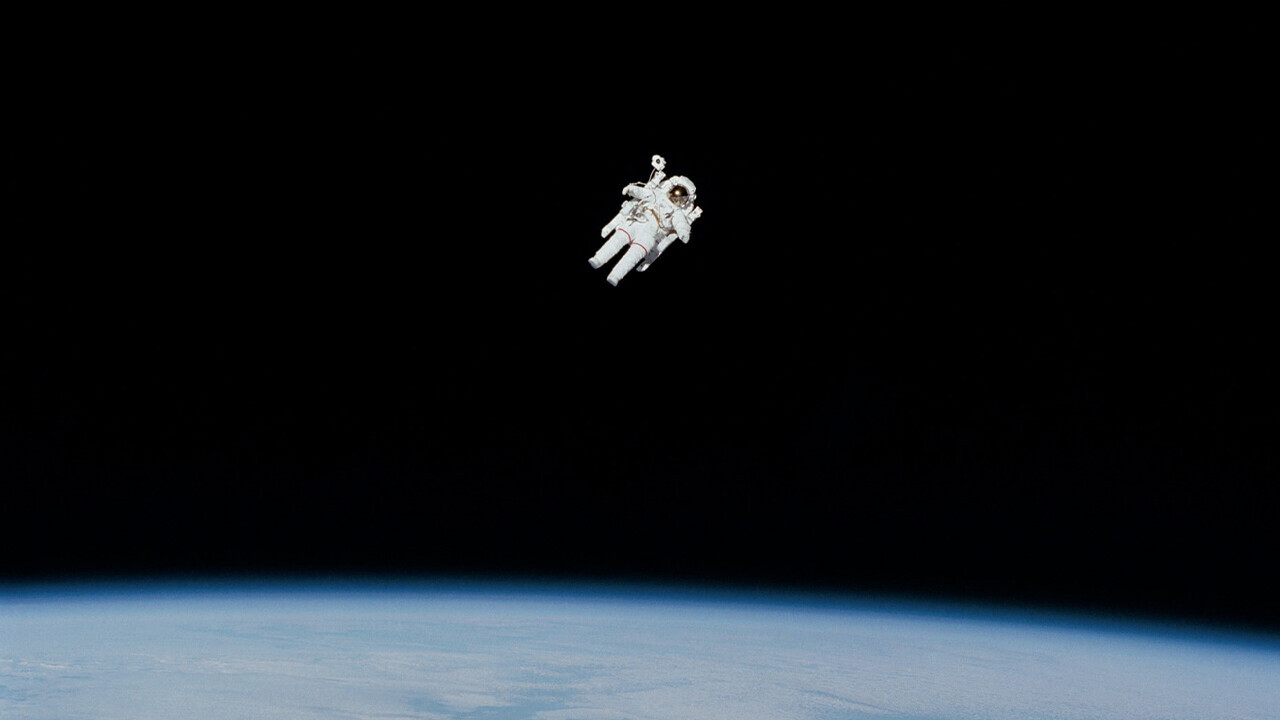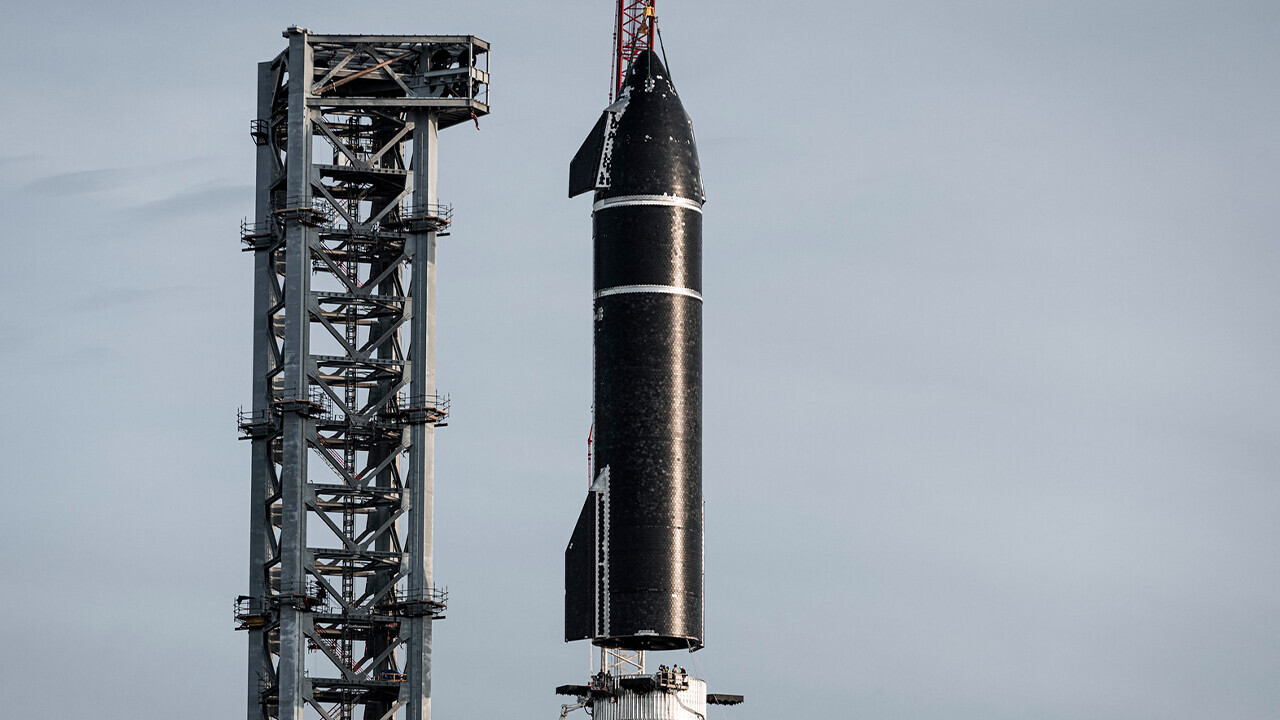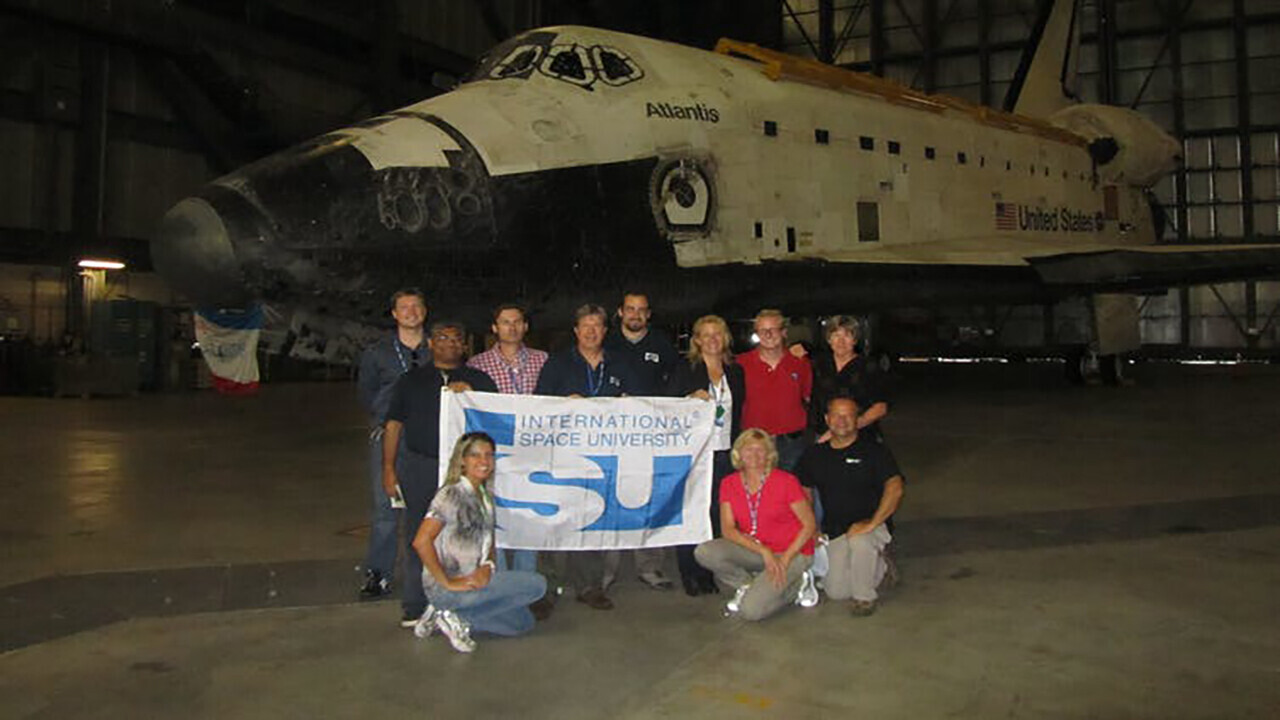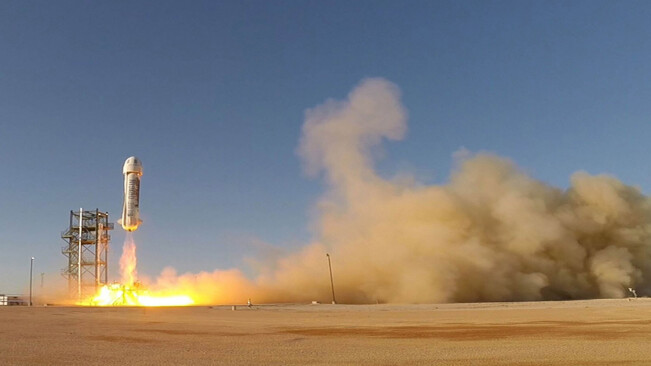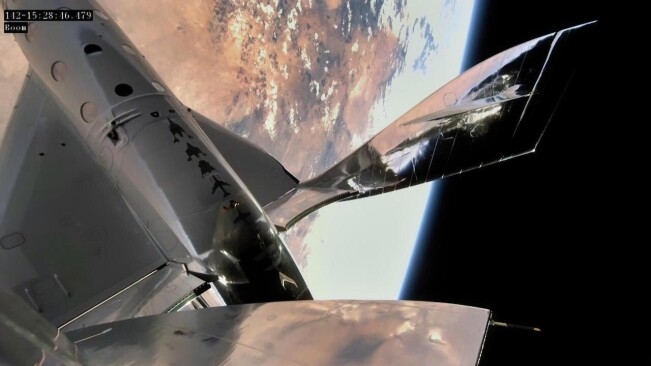All Articles for
Suborbital
A sub-orbital space flight is a spaceflight in which the spacecraft reaches space, but its trajectory intersects the atmosphere or surface of the gravitating body from which it was launched, so that it does not complete one orbital revolution. For example, the path of an object launched from Earth that reaches above sea level, and then falls back to Earth, is considered a sub-orbital spaceflight. Some sub-orbital flights have been undertaken to test spacecraft and launch vehicles later intended for orbital spaceflight. Other vehicles are specifically designed only for sub-orbital flight; examples include manned vehicles such as the X-15 and SpaceShipOne, and unmanned ones such as ICBMs and sounding rockets. Flights which attain sufficient velocity to go into low Earth orbit, but use retro-rockets to deorbit after less than one full orbit, are not considered sub-orbital. Examples of this include Yuri Gagarin's Vostok 1, and flights of the Fractional Orbital Bombardment System. Usually a rocket is used, but experimentally a sub-orbital spaceflight has also been achieved with a space gun.
